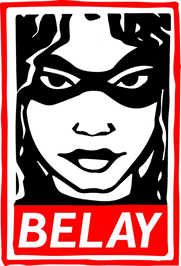
News Link • Ecuador
Ecuador's Blackouts: The High Cost of State-Controlled Electricity
• https://fee.org, Daphne PosadasIn recent weeks, Ecuador has faced a severe energy crisis, with power outages lasting up to 10 hours daily, affecting millions of citizens. The main causes are a prolonged drought and a highly centralized electricity sector.
The drought, which has been the worst in 6 decades, has reduced water levels at hydroelectric dams to historic lows, impacting plants that generate over 70 percent of the country's electricity. Most of these hydroelectric plants are operated by Ecuador's state-owned utility company, CELEC, concentrating energy provision in the hands of the government.
You may wonder why Ecuador is so dependent on hydro for energy. The truth? Efforts to diversify the energy mix have stalled due to strong resistance to alternatives, a growing diesel shortage, and missed opportunities to use gas. This puts Ecuador in a risky spot, with its energy supply tied entirely to rainfall. Ecuador's one-dimensional approach to energy is only becoming costlier as droughts grow more intense.
The electricity market is traditionally divided into four segments: generation (the production of electricity, such as at hydroelectric plants), transmission (transporting electricity over long distances at high voltages), distribution (delivering electricity to consumers at lower voltages), and retail sales (providing and selling electricity to customers). In Ecuador, these areas are mostly state-controlled.
The Cato Institute's Gabriela Calderón de Burgos recently published an insightful piece on the history of Ecuador's electricity sector. She highlights how it once operated more efficiently under a decentralized model. However, after World War II, the government began to nationalize and centralize the sector, leading to a significantly increased state control over electricity generation and distribution by the 1980s.

































